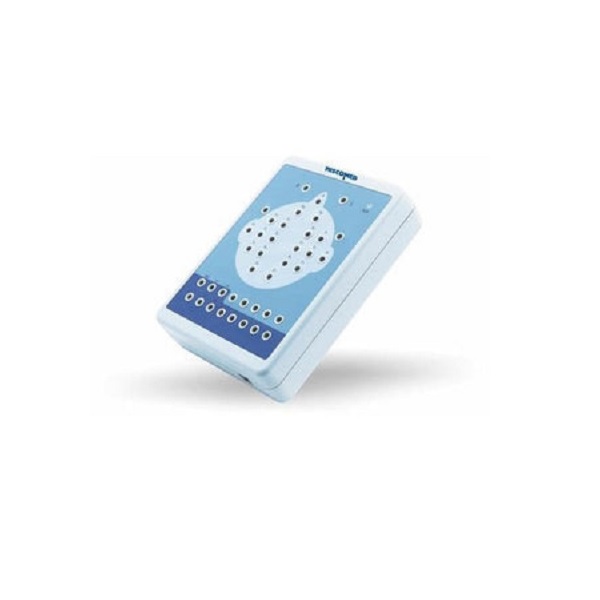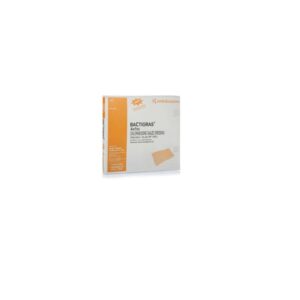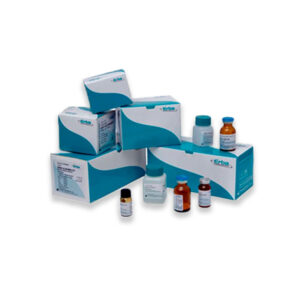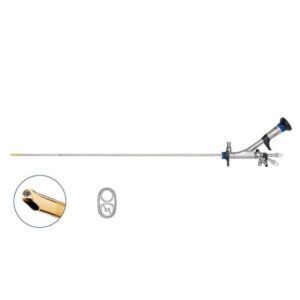Niscomed Electroencephalogram EEG Machine – KT88
MPIN: MP92149
Sign in to view priceAsk for Quote
– The Niscomed KT-88 is a digital electric brain activity mapping machine. It collects EEG signal with electrodes, via integrated amplification.
– This device is applicable for checking such diseases as epilepsy , intracranial inflammation , cerebrovascular disease and brain tumors
– Technical Specifications:
– 16 Channel of EEG+2 channel of ECG( ECG is optional)
– Sampling rate: 100 dots
– Accuracy: 12 bit
– Input impedance: >10M
– Patient leak current: <10a
- Noise level: <5uVp-p
- CMRR: >90dB
– Magnification multiple: 10000
– Filter constant all digital and free enactment
– Display speed ( paper speed): 5,10,15,30,60,120 mm/s
– Amplitude: 1, 1.5 , 2,3,5,7.5,10,12,15,20,30,50 mm/50uV
– Playback speed: 1 time , 2time, 3 time, 10 time, 20time 40 time ,60 times
– 50Hzs interferance suppression: >30dB
– Safety type: Class II , type BF applied part
– An electroencephalogram (EEG) is a test that detects electrical activity in your brain using small, metal discs (electrodes) attached to your scalp. Your brain cells communicate via electrical impulses and are active all the time, even when you’re asleep. This activity shows up as wavy lines on an EEG recording.
– Most waves of 8 Hz and higher frequencies are normal findings in the EEG of an awake adult. Waves with a frequency of 7 Hz or less often are classified as abnormal in awake adults, although they normally can be seen in children or in adults who are asleep.
– Most EEGs are done to diagnose and monitor seizure disorders. EEGs also can identify causes of other problems, such as sleep disorders and changes in behavior. They’re sometimes used to evaluate brain activity after a severe head injury or before a heart transplant or liver transplant.
Shipping Policy
Orders made at Medpick are initiated and processed for shipment upon receipt of request from the customer. Please note that our Shipping Services (Fee, Transportation, Loss or Damage of any shipment, etc.) are in accordance with the Seller\'s terms of Shipment.
Refund Policy
Please refer to Medpick Return Policy.
Cancellation / Return / Exchange Policy
Please refer to Medpick Return Policy.
 REGISTER
REGISTER
 SIGN IN
SIGN IN












